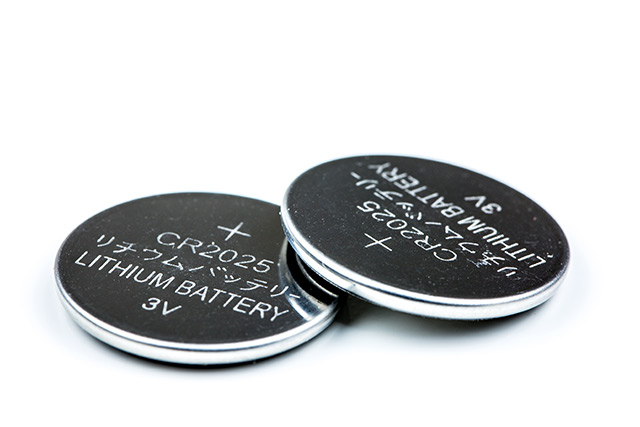Proposed $1.1b high-tech South Dakota beef plant would be nation’s largest
06/29/2022 / By Cassie B.

Cattle country has been abuzz since the announcement last month that a new cutting-edge beef processing plant has been proposed for Rapid City, South Dakota, that will handle 8,000 head per day. Now, many locals are questioning the availability of such high volumes of cattle as well as whether there is sufficient labor and housing for the workforce needed to sustain such an operation.
Speaking on South Dakota Public Radio, City Councilman Ritchie Nordstrom said he felt those involved in the project still had work to do. “Where do we get those employees? If the number that is being recited is close to being accurate, we don’t know where they’re going to come from and where we’re going to house them.”
Another city councilman, Pat Jones, echoed these concerns, pointing to the affordable housing shortage being seen in Rapid City. He said the population there is growing faster than the market is replacing housing.
The project, known as Western Legacy Development Corporation, was announced by Megan Kingsbury, whose family has a ranch near Kadoka. The proposed plant would be the biggest in North America and one of the biggest in the world, creating 2,400 jobs and using cutting-edge technology. If the project moves forward, Kingsbury hopes to see construction get underway next year and completed in 2026.
A press release revealed that the new Black Hills Industrial Center, situated on the city’s southeastern edge, was a potential location for the beef plant.
Although Kingsbury claimed that her company would be holding the project privately and getting the funding for it in-house, Nordstrom questioned whether the industrial park could accommodate the 1-million-square-foot facility or create the infrastructure needed to support it without requiring extra financing from the city.
Other concerns about the project include water use, odor and transportation. Some locals are concerned about the potential for heavy truck and rail traffic near their neighborhoods, while others recall the unpleasant smells of a different beef plant that was once situated in the city.
Jones noted: “There would be times when they were doing certain processes, and an amazing smell would come out and impact a lot of parts of town.
“People who grew up in that area know that smell and remember it very well.”
There are also concerns about the environmental impact. The partnership behind the project claims that it would be limited as cattle would not be kept outside and methane capture technology would be used to reduce odors, while the water used by the plant would be recycled on site. The city councilors say that while they hope that proves to be the case, they would like to learn more about how the technology involved works and how effective it is.
Farmers believe it will be difficult to supply the plant with sufficient cattle
One Rapid City area cattle rancher, Matt Kammerer, said that Kingsbury informed him and other ranchers that cattle will be sourced from six states, but he believes she will have to search further afield to meet the goal of processing 8,000 cattle per day. If the plant does reach this figure, it would out-produce major facilities such as Tyson’s Sioux City plant. Currently the biggest in the country, it processes roughly 7,000 cattle per day. The new project hopes to outpace that using fewer employees and new technology that makes cattle processing safer, more efficient and more environmentally friendly.
Kingsbury stated: “Our aim is to restore competition in American meat processing. We want to compete with the big four meat packing giants and be that all-important ‘second bidder’ in the cash market. We will build a brand that is America-first focusing on procuring American cattle and feeding American citizens affordable, high-quality protein as our first priority.”
Right now, four companies – Tyson, Cargill, JBS and National Beef – control more than four fifths of the U.S. domestic beef processing market. Kammerer is hoping that the new plant will create some price competition for cattle, but most observers are taking a cautious view of the project until more information is released.
Sources for this article include:
Submit a correction >>
Tagged Under:
ag tech, beef, beef processing, Cattle, cattle ranchers, environment, food supply, market competition, meat plant, meat processing plant, price competition
This article may contain statements that reflect the opinion of the author
RECENT NEWS & ARTICLES
COPYRIGHT © 2017 ENVIRON NEWS




















